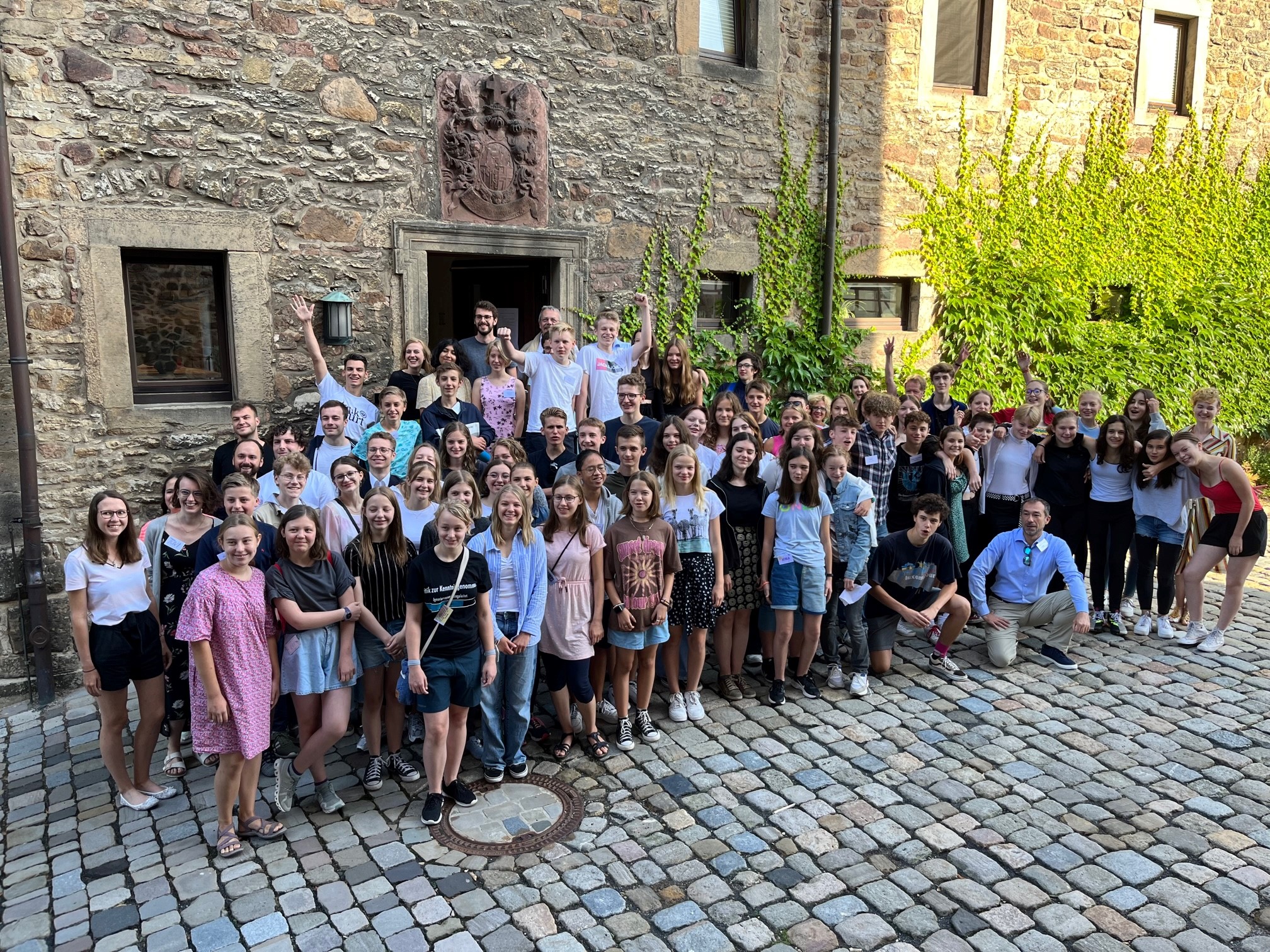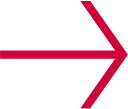Around sixty students of German school grades seven to nine can follow their (specific) learning interests at Burg Fürsteneck, located between Fulda and Bad Hersfeld in Germany. They come together for ten days during school holidays to participate in an extracurricular educational program. This includes various activities such as sports and leisure in addition to the majors and electives in different subject areas.
At an open day the students present their results allowing parents and guests to get an impression of everyday life at the academy.
The Hessian Student Academy has been held since 2004 and is supported by the Beilstein-Institut since 2011. Until 2010, the event was aimed exclusively at students and high school students. In 2011, the offer was extended by a Student Academy for Middle Schools.





